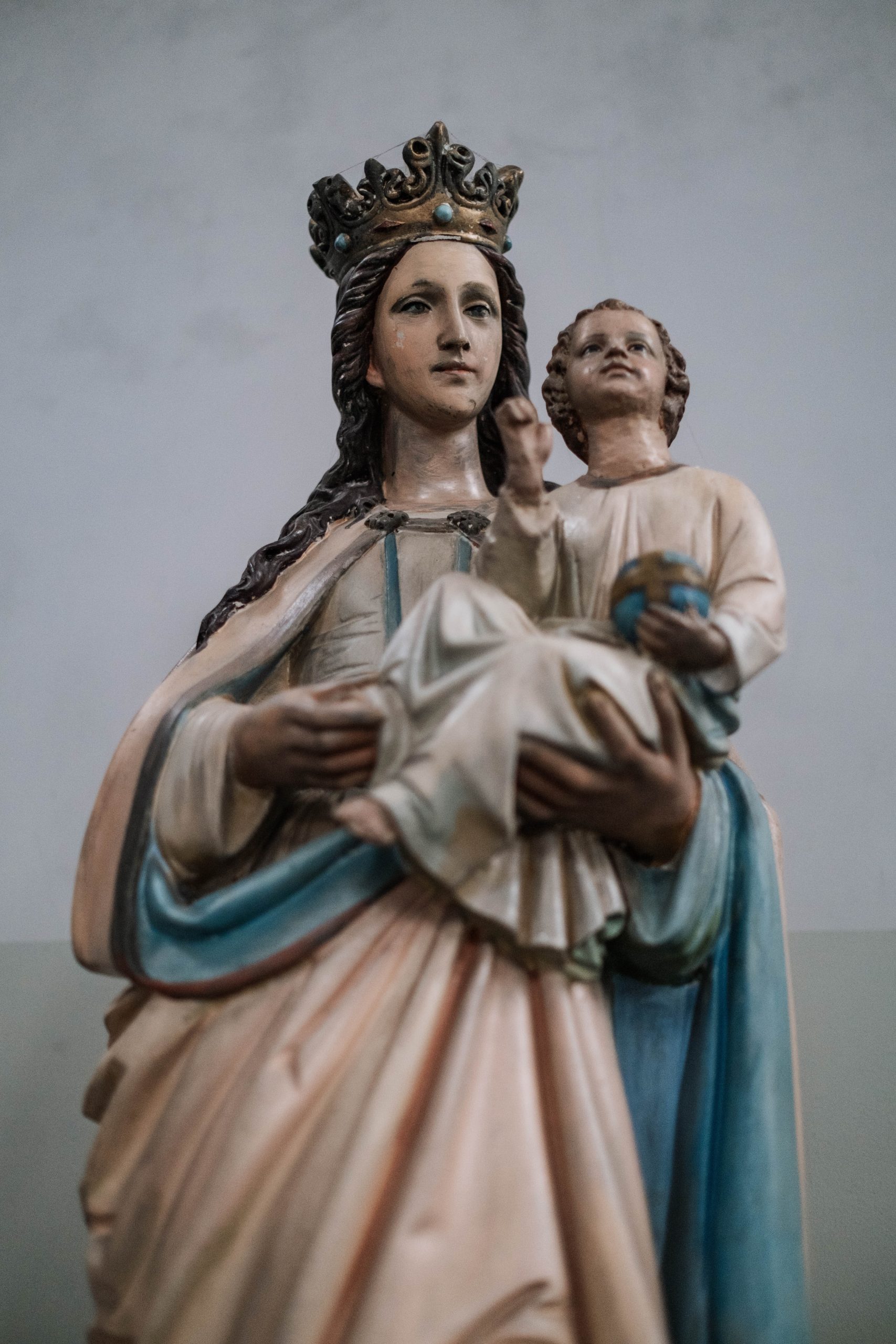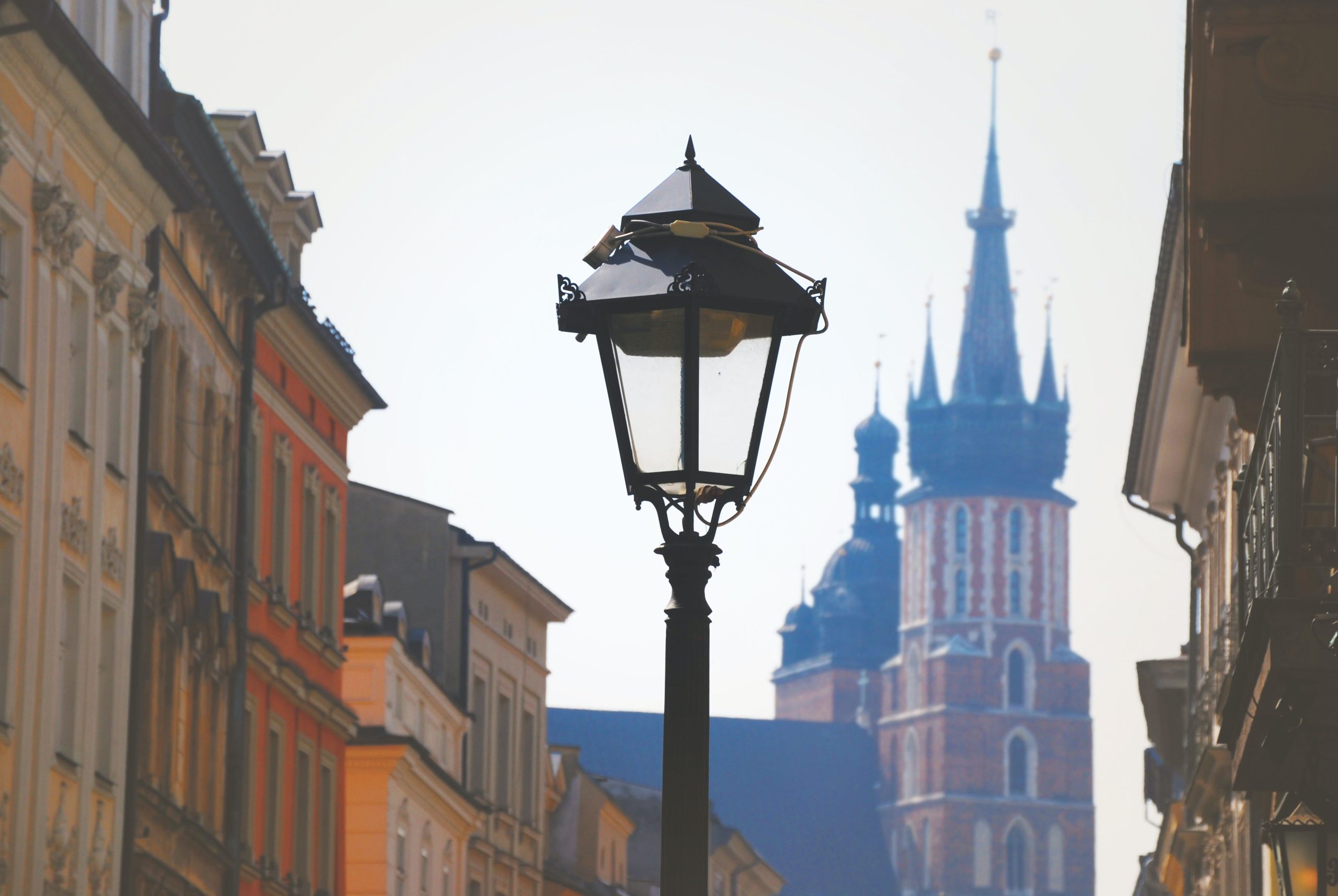The Story of St. Mary de Castro: Tracing the History of Leicester's Collegiate Parish Church
St. Mary de Castro is a renowned collegiate parish church located in the historic city of Leicester, England. The church has a rich and fascinating history, dating back to its Saxon origins and continuing through its establishment as a collegiate church in the 12th century. Throughout the medieval period, St. Mary de Castro played an important role in the life of the city, serving as a place of worship, a center of learning, and a site of political and cultural activity. Today, the church stands as a beloved and cherished landmark, a testament to Leicester's enduring heritage. This website is dedicated to exploring the captivating story of St. Mary de Castro, tracing its history from its earliest days to its present-day role as a vital part of Leicester's community.
From Saxon Origins to Collegiate Establishment: Early History of St. Mary de Castro
St. Mary de Castro has a long and storied history, dating back to its Saxon origins in the 11th century. The church was originally a small, simple structure, built on a site that was once the location of a Roman fort. It is believed that the church was constructed in the late 11th century, during the reign of William the Conqueror. At this time, Leicester was a rapidly growing town, and St. Mary de Castro played an important role in the community as a place of worship and a site of social and cultural activity.
During the 12th century, St. Mary de Castro became a collegiate church, which was made possible by the generous support of Robert de Beaumont, the 2nd Earl of Leicester. The church was then designated as the residence of a group of clergymen, called canons, who resided in a communal setting and were in charge of supervising the spiritual welfare of the inhabitants of Leicester. The establishment of St. Mary de Castro as a collegiate church was a momentous occasion in the history of the town, firmly establishing it as a hub of intellectual and religious activities. If you need assistance with writing, you can always turn to writing services such as domyessay and request write my case study.
Over the following centuries, St. Mary de Castro continued to grow and evolve, as the town of Leicester itself expanded and changed. The church underwent a number of renovations and refurbishments, as well as some significant additions, including the construction of a new chancel in the 14th century. The church also played an important role in the religious and political upheavals of the period, including the Reformation and the English Civil War.
Today, St. Mary de Castro remains one of Leicester's most beloved and iconic landmarks, a testament to the enduring legacy of the town's rich history. Its origins as a small Saxon church and its subsequent establishment as a collegiate church have left an indelible mark on the town's cultural and architectural heritage, and the church continues to play an important role in the life of the community to this day.
The Role of St. Mary de Castro in Leicester's Medieval History: A Closer Look
St. Mary de Castro played a significant role in the medieval history of Leicester, serving as a center of religious and intellectual activity, as well as a site of political and cultural importance. As a collegiate church, St. Mary de Castro was home to a community of canons, who were responsible for overseeing the spiritual needs of the people of Leicester. The canons also played a vital role in the cultural and intellectual life of the town, providing education and training to young men who would go on to serve in the church and in other important roles in the community.
During the medieval period, St. Mary de Castro was also the site of a number of important political events. In the 13th century, Simon de Montfort, a powerful nobleman and one of the leaders of the baronial revolt against King Henry III, sought refuge in the church following his defeat at the Battle of Evesham. The church was also the site of the burial of Henry, Duke of Lancaster, in the 14th century, an event that marked a significant moment in the history of the town. If you want to write an essay on this topic, who is the essay writer will help you with this.
In addition to its religious and political significance, St. Mary de Castro was also a site of great cultural importance during the medieval period. The church was home to a number of stunning works of art and architecture, including a beautiful wooden rood screen, a magnificent carved pulpitum, and a stunning collection of stained glass windows. These works of art served not only as beautiful and inspiring examples of medieval craftsmanship, but also as powerful expressions of the religious beliefs and cultural values of the people of Leicester.
Today, St. Mary de Castro remains an important part of Leicester's cultural and architectural heritage, standing as a testament to the rich and fascinating history of the town. The church's medieval past continues to inspire and intrigue visitors from around the world, and its enduring legacy serves as a reminder of the importance of preserving and celebrating the cultural heritage of our communities.

Architecture and Artistry: Exploring St. Mary de Castro's Stunning Features

St. Mary de Castro is renowned for its stunning architecture and exquisite works of art, which have been lovingly preserved over the centuries. The church's architecture is a testament to the skill and craftsmanship of its builders, with its impressive nave and chancel, beautiful transepts, and striking tower. The church's exterior is adorned with a range of stunning details, including intricate carvings, decorative arches, and delicate tracery work, which all serve to enhance the beauty and grandeur of the building.
Inside, St. Mary de Castro is home to a wealth of stunning works of art and architecture, including a beautiful wooden rood screen, a magnificent carved pulpitum, and a collection of breathtaking stained glass windows. The rood screen is a particularly noteworthy feature, with its intricate carvings depicting a range of biblical scenes and characters. The pulpitum, meanwhile, is a magnificent piece of sculpture, adorned with delicate tracery work and intricate details that are a testament to the skill and creativity of the artists who crafted it.
One of the most striking features of St. Mary de Castro is its collection of stained glass windows. These windows are among the finest examples of medieval stained glass in the country, with their vibrant colors and intricate designs drawing visitors from far and wide. The windows depict a range of biblical scenes and stories, as well as a number of local saints and historical figures. Each window is a masterpiece of artistry, with the delicate details and stunning colors coming together to create a truly breathtaking effect. This one can be a great topic for your essay or dissertation, and the thesis writing service will help you with this task.
Today, St.
Mary de Castro continues to inspire and awe visitors with its stunning
architecture and exquisite works of art. The church's beauty and
grandeur are a testament to the enduring legacy of the town's rich
history, and serve as a powerful reminder of the importance of
preserving and celebrating the cultural heritage of our communities.
St. Mary de Castro Today: Preserving the Heritage of Leicester's Beloved Church
St. Mary de Castro continues to be a cherished landmark in the city of Leicester, drawing visitors from around the world to admire its stunning architecture and rich history. Today, the church is preserved by a dedicated team of volunteers and professionals who work tirelessly to maintain its beauty and ensure its long-term preservation for future generations.
One of the key challenges in preserving St. Mary de Castro is the need to balance its status as a living church with its role as a historical landmark. The church continues to serve as a vibrant place of worship for the local community, but its historical importance means that any changes to the building or its contents must be carefully considered to ensure they do not detract from its heritage value. A parallel can be drawn with the way services like essay pro, as indicated by the numerous essay pro reviews, strive to balance their dual roles. They aim to provide quality academic assistance while also ensuring they cultivate the writing skills of their users. Just as care and balance are needed in preserving historical sites like St. Mary de Castro, so too are these qualities necessary when maintaining a service that supports students in their academic growth.
In recent years, St. Mary de Castro has undergone a number of restoration and conservation projects, aimed at preserving and enhancing its architectural and artistic features. These projects have included repairs to the church's roof and stonework, as well as conservation work on its stained glass windows and other works of art.
Today, St. Mary de Castro remains an important part of Leicester's cultural heritage, standing as a testament to the rich and fascinating history of the town. Its enduring legacy serves as a reminder of the importance of preserving and celebrating the cultural heritage of our communities, and its stunning architecture and exquisite works of art continue to inspire and awe visitors from around the world. The Priest Is A Calling. The calling to become a priest is a deeply spiritual one, requiring a strong commitment to service and sacrifice. Understanding the vocation of the priesthood involves exploring the unique challenges and rewards that come with dedicating one's life to God and the Church. Convert between decimal and hex with ease using our hex calculator.